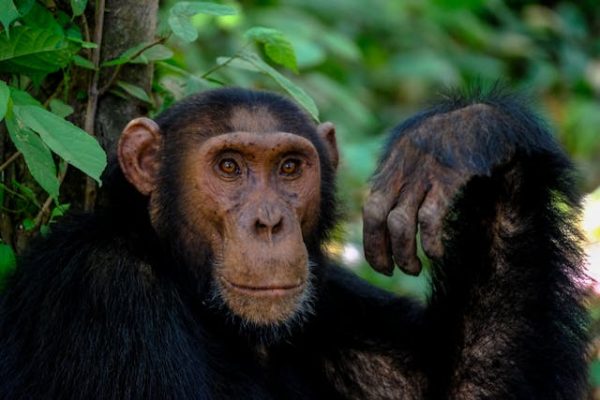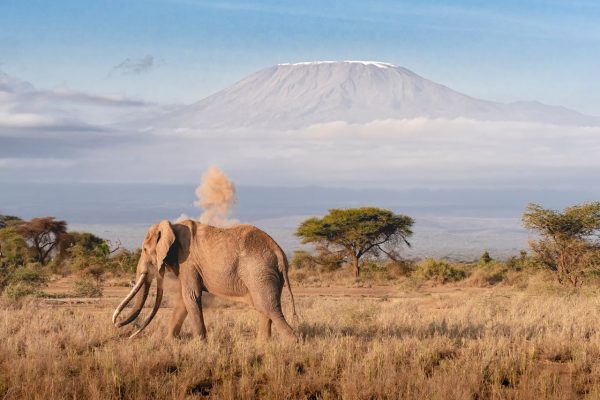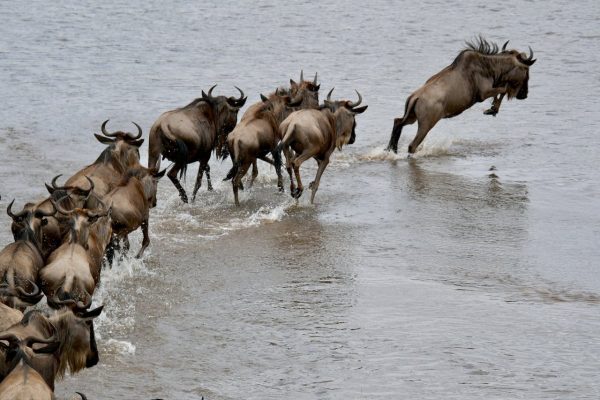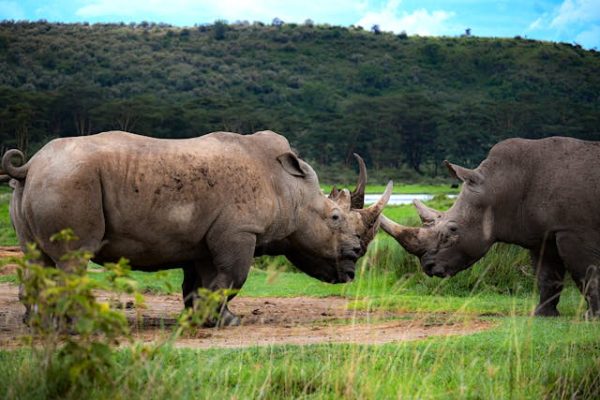Samburu National Reserve
Samburu National Reserve is a rugged and semi-arid wildlife haven located in northern Kenya, within Samburu County, approximately 350 kilometers from Nairobi. Covering an area of about 165 square kilometers along the banks of the Ewaso Ng’iro River, the reserve is part of a larger ecosystem that includes the neighboring Buffalo Springs and Shaba National Reserves.
Unique Wildlife
Samburu is renowned for its distinct collection of wildlife not commonly found in Kenya’s southern parks. Known as the “Samburu Special Five”, these species include:
-
Grevy’s zebra – rarer and larger than the common zebra
-
Beisa oryx – a desert-adapted antelope with long straight horns
-
Reticulated giraffe – strikingly patterned and unique to northern Kenya
-
Gerenuk – a long-necked antelope often seen standing on hind legs to browse
-
Somali ostrich – with blue legs and neck
In addition to the “Special Five,” the reserve hosts lions, leopards, cheetahs, elephants, crocodiles, and numerous species of antelope and primates. The Ewaso Ng’iro River supports a rich ecosystem, attracting animals throughout the year.
Birdlife
Samburu is a birdwatcher’s paradise with over 450 recorded bird species, including martial eagles, pygmy falcons, vulturine guineafowls, and hornbills. The riverine forests and open savannahs provide ideal habitats for a wide range of birds.
Scenery and Landscape:
The landscape of Samburu is characterized by:
-
Dry acacia woodlands
-
Open scrublands
-
Rocky outcrops
-
The life-giving Ewaso Ng’iro River, lined with doum palms and riverine forest
This mix of habitats offers a dramatic backdrop for wildlife viewing and photography.
Culture and People
The reserve is named after the Samburu people, semi-nomadic pastoralists who live in the region. A visit to a Samburu village offers cultural insights into their traditional way of life, dress, and customs, similar in some ways to the Maasai but distinct in language and traditions.
Activities
-
Game drives (morning and evening)
-
Cultural visits to Samburu villages
-
Birdwatching tours
-
Nature walks with local guides (in designated areas)
-
Scenic sundowners and bush breakfasts
Best Time to Visit
The reserve can be visited year-round, but the dry seasons (June–October and December–March) offer the best wildlife viewing as animals concentrate near the river. The climate is generally hot and dry, making it ideal for spotting wildlife in the open.



